I tried astrophotography on my iPhone 16 Pro Max to shoot galaxies, nebulas, and star clusters — these were my best captures
You'll be amazed by what you can find in the sky
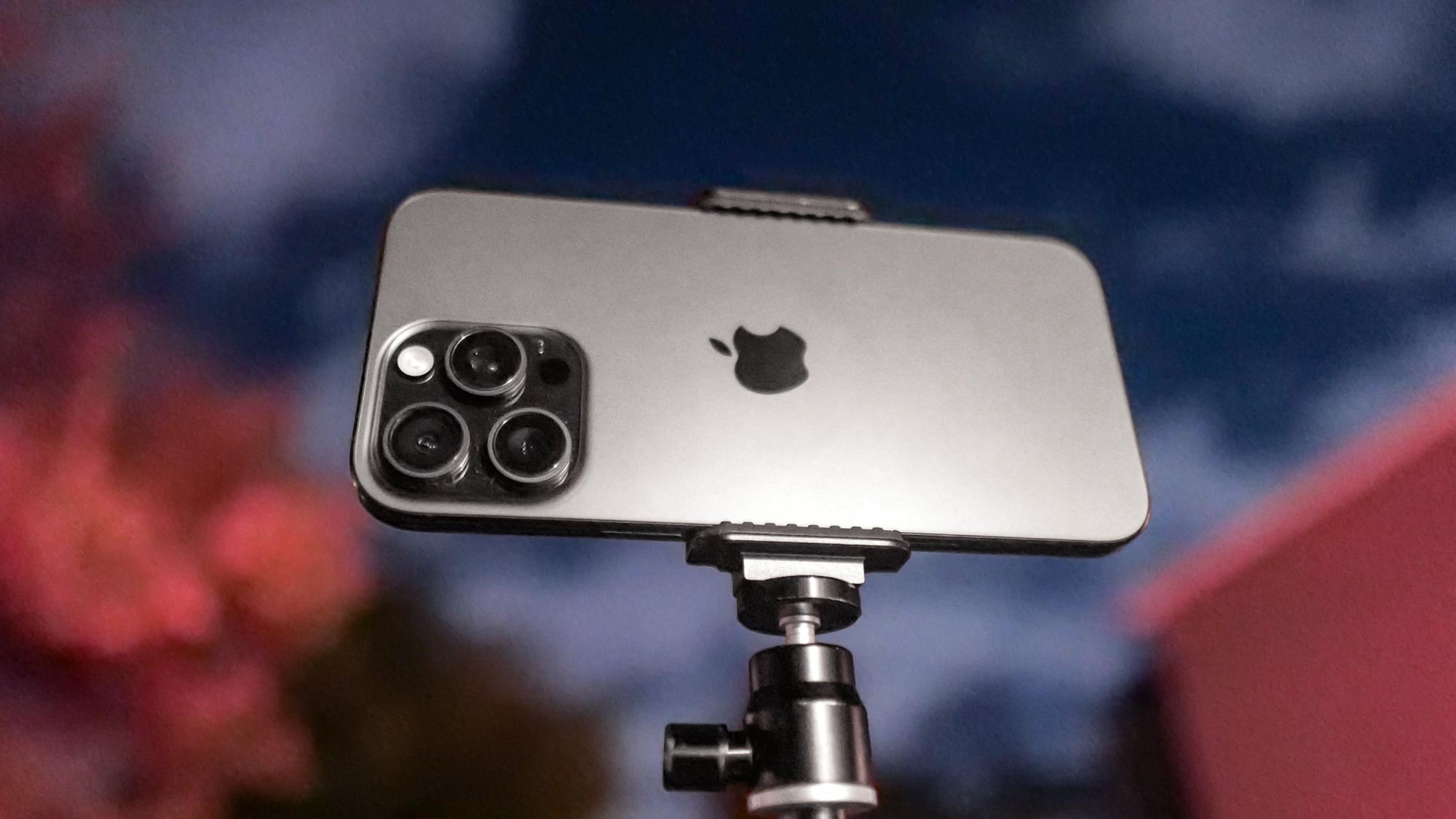
It’s been a year since I formally started my new hobby of astrophotography. Since then, I’ve taken some of the best phones to see how they handle astrophotography with their respective cameras — like the Galaxy S24 Ultra and its much hyped 100x space zoom. And now that I've had a good feel for the iPhone 16 Pro Max, including its new Camera Control button, I decided to spend a weekend using it for astrophotography.
There are good reasons why the iPhone 16 Pro Max is the best camera phone around. Not only does it have a versatile 48MP main camera that dishes up sharp results in just about any condition, but I’ve found that Apple effectively uses pixel binning to enhance the quality with photos from its 12MP telephoto camera with 5x optical zoom.
I’ve pitted the iPhone 16 Pro Max against its peers, like the Pixel 9 Pro XL, OnePlus 12, and even the Galaxy S24 Ultra, but none of them have been able to beat Apple's premium phone. Astrophotography is an entirely different beast on its own because it really leans on the low-light performance of the camera, often requiring a phone to remain undisturbed on a tripod to gather as much light as possible.
That’s why I want to share all the astrophotography shots I took with the iPhone 16 Pro Max, along with the photos I captured with all the smart telescopes I’ve used for the last year — so you can see exactly how it compares to a dedicated telescope for capturing deep space objects such as star clusters, galaxies, nebulas, and planets.
iPhone 16 Pro Max astrophotography: What you need to know
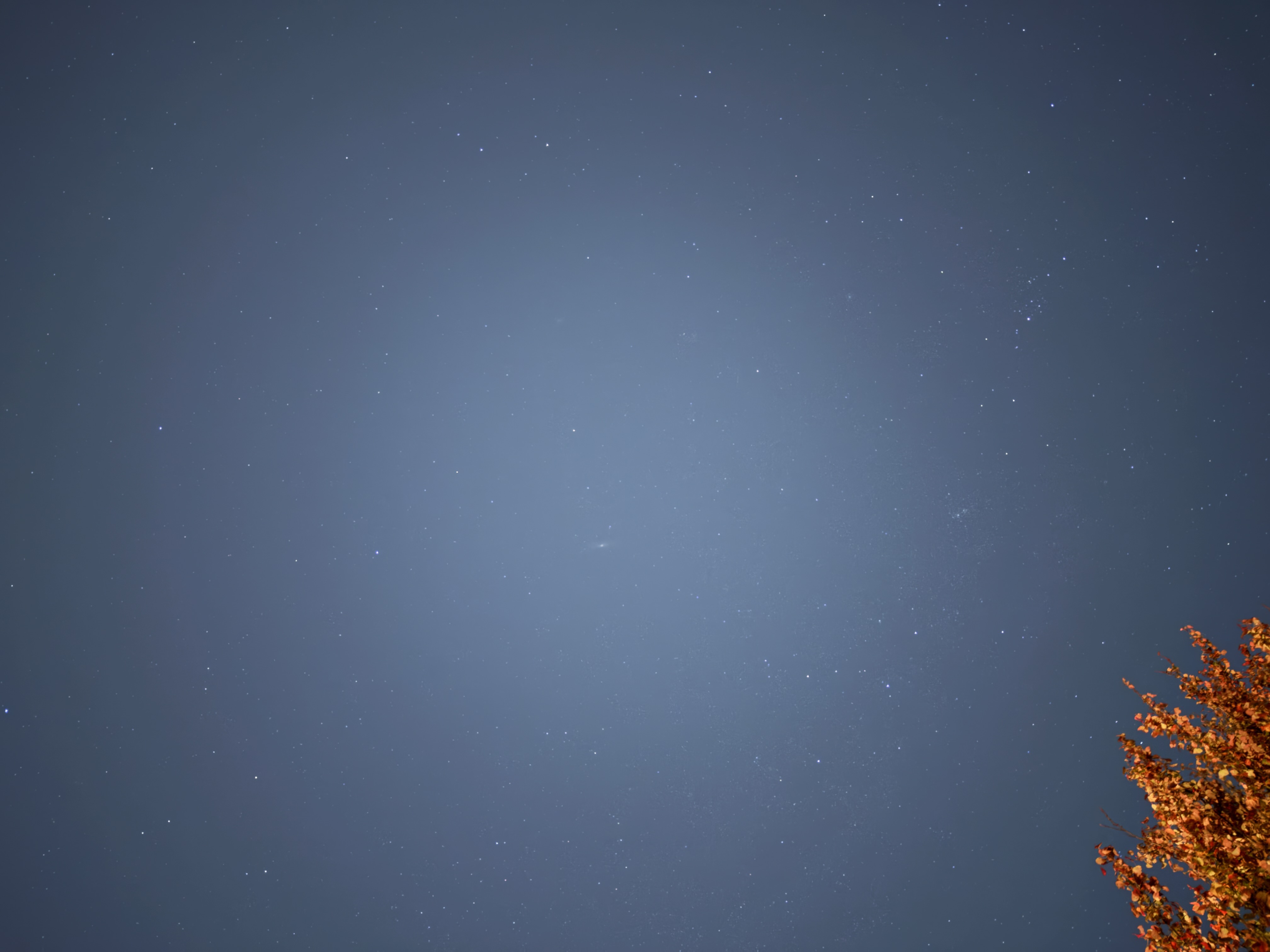
Before you start snapping shots of the night sky with the iPhone 16 Pro Max, here are just a few tips I think that will get you the best results. First and foremost, you’ll want to grab yourself a tripod and phone grip to keep the iPhone 16 Pro Max as still as possible — or you could simply prop it against some flat surface. I’d recommend the former because you’ll be able to better manipulate the phone to get the angle you want.
It’s also worth noting that you’ll need to set the phone's night mode capture to its maximum time. By default, I found night mode set to about 6 seconds — but it can go as long as 30 seconds, just as long as you keep the phone very still.
Other phones I’ve tested for astrophotography have native manual controls, which I much prefer because it lets me set the shutter speed for something longer than 30 seconds, along with a much lower ISO level to reduce noise. However, the iPhone 16 Pro Max doesn’t have dedicated manual controls. Still, you won’t be disappointed by the results.
Sign up to get the BEST of Tom's Guide direct to your inbox.
Get instant access to breaking news, the hottest reviews, great deals and helpful tips.
Star cluster: M45 The Pleiades
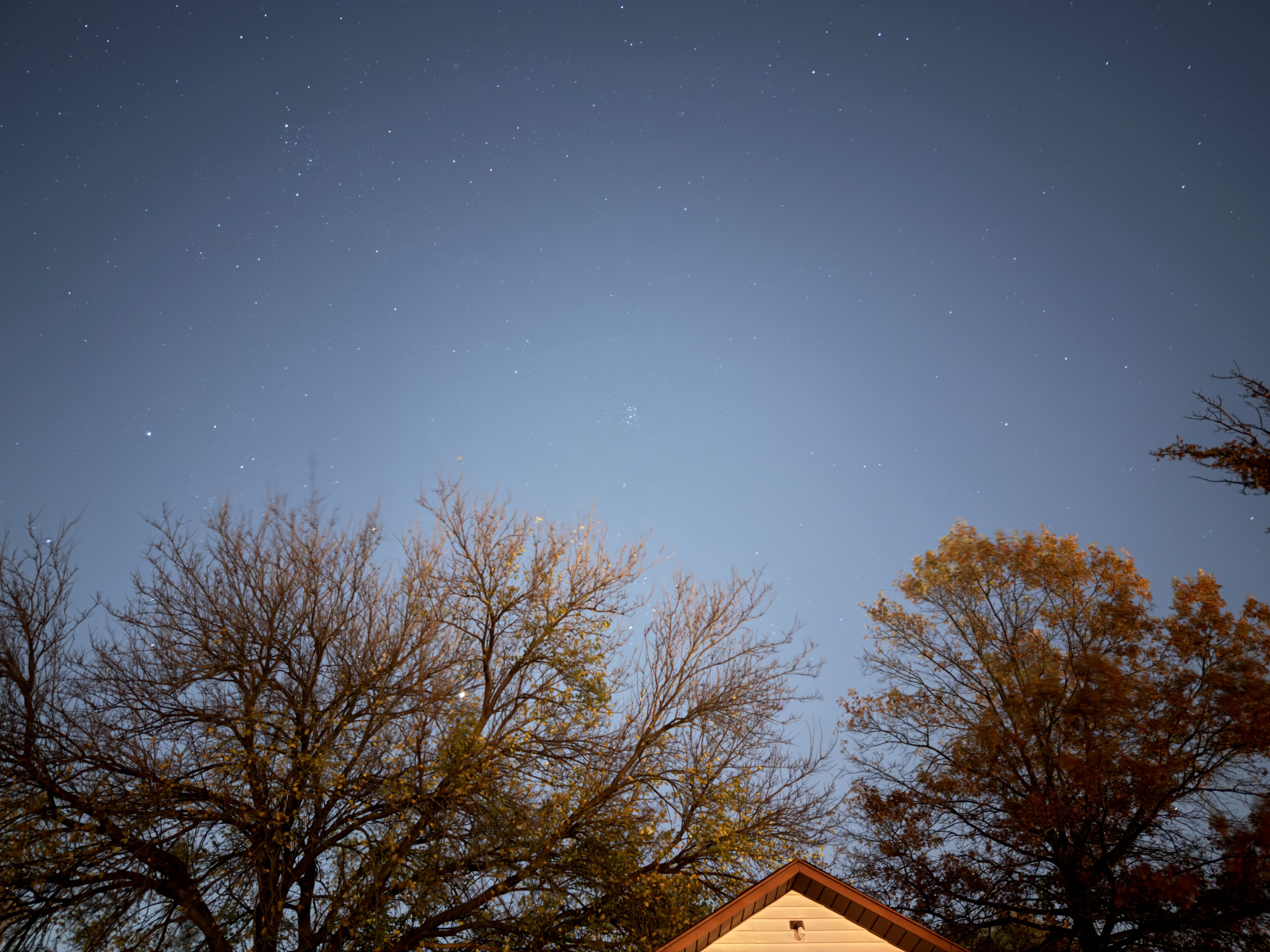
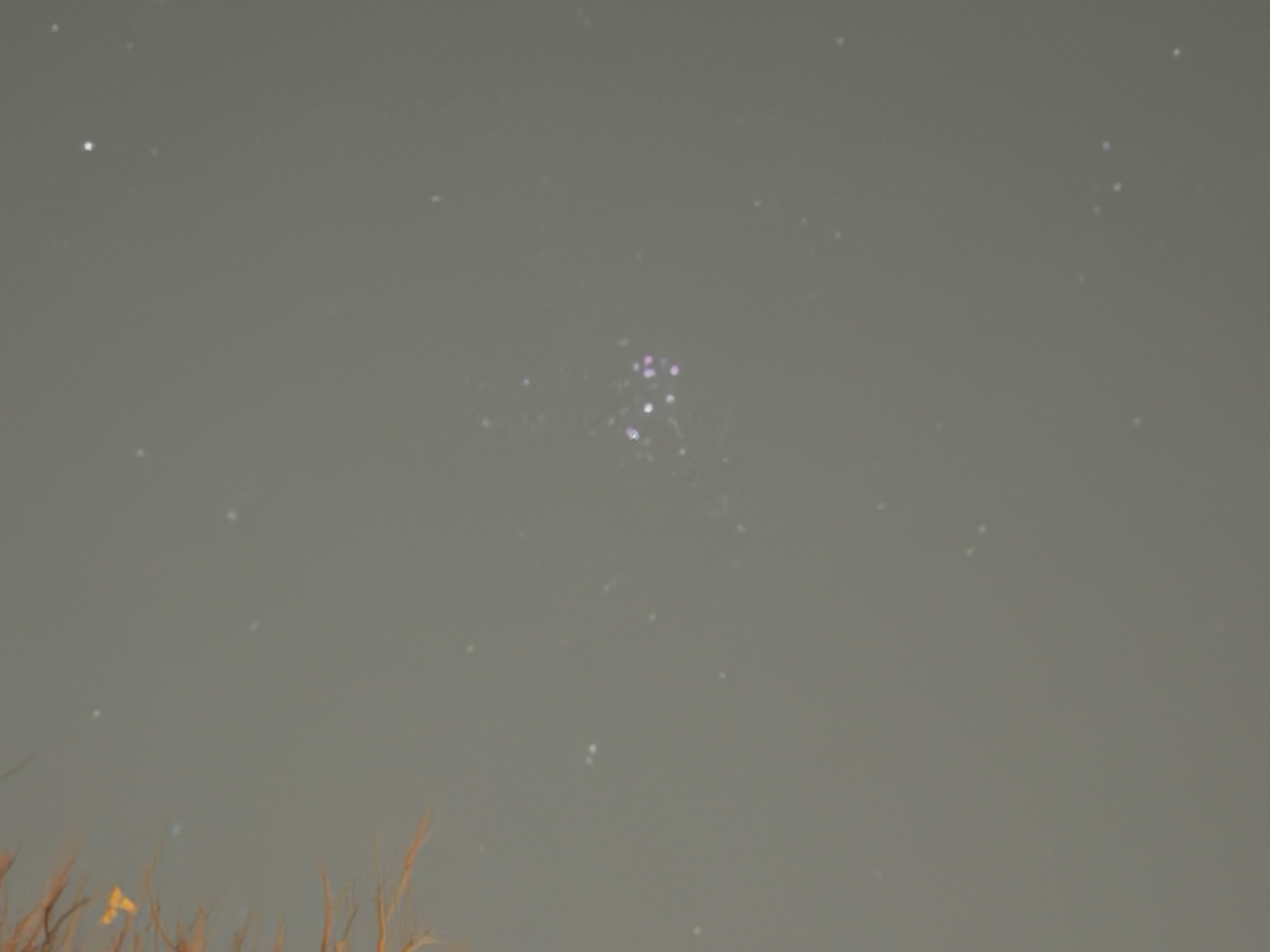
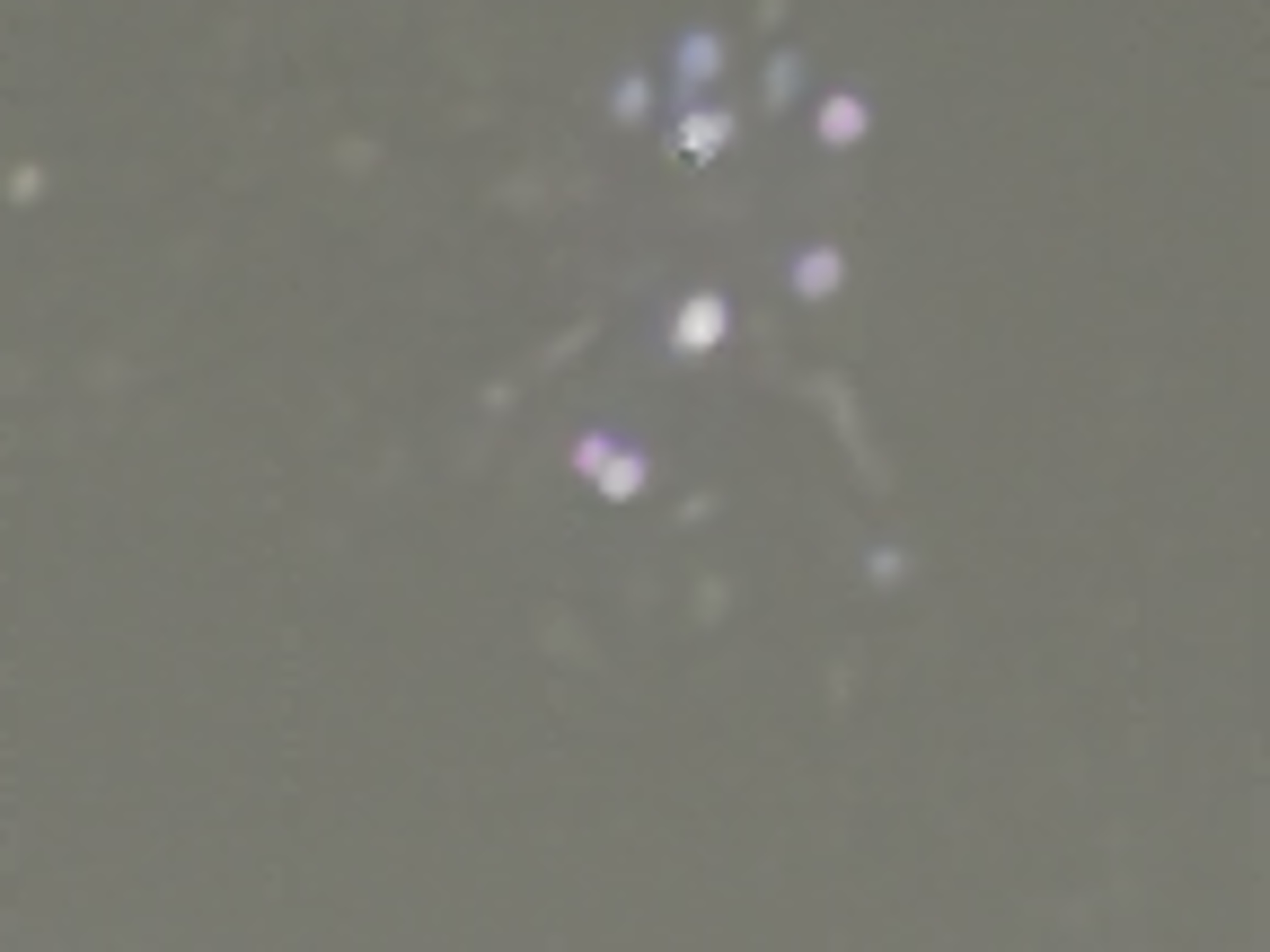
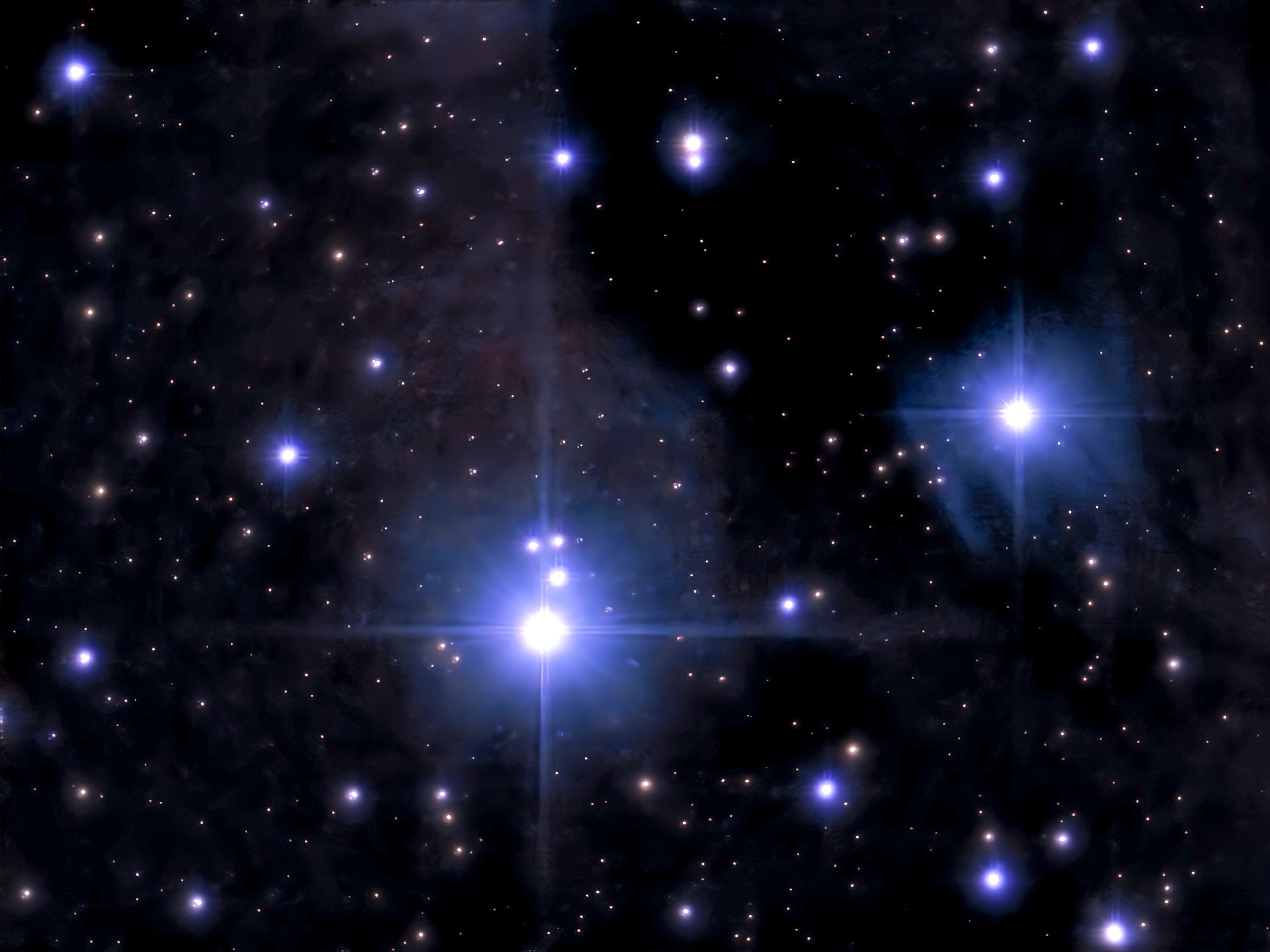
I first set my sights on one of my favorite star clusters visible to the naked eye during the fall in the northeast — M45 The Pleiades, also known as the Seven Sisters. With the iPhone 16 Pro Max’s main camera, I caught the iconic star cluster right above the treeline in my backyard with excellent sharpness that identifies some of the main stars that make up the cluster. Considering that the light pollution from New York City is west of what I captured of M45 The Pleiades, I think the iPhone 16 Pro Max’s main camera manages nicely here.
Of course, I wanted to get even closer to them so I tried to get it at 5x zoom. What’s interesting is that I couldn’t force the iPhone 16 Pro Max to switch to the 12MP telephoto camera, which I suspect is due to night mode. As a result, the next set of shots I captured of M45 at 5x and 25x are nothing more than digital zooms applied to the main camera — so they lack definition and sharpness.
Compared to my Unistellar Odyssey Pro smart telescope, you can see how it pulls in incredible details of M45’s reflection nebulae that gives it that hazy appearance when looking at them with the naked eye.
Galaxy: M31 Andromeda Galaxy
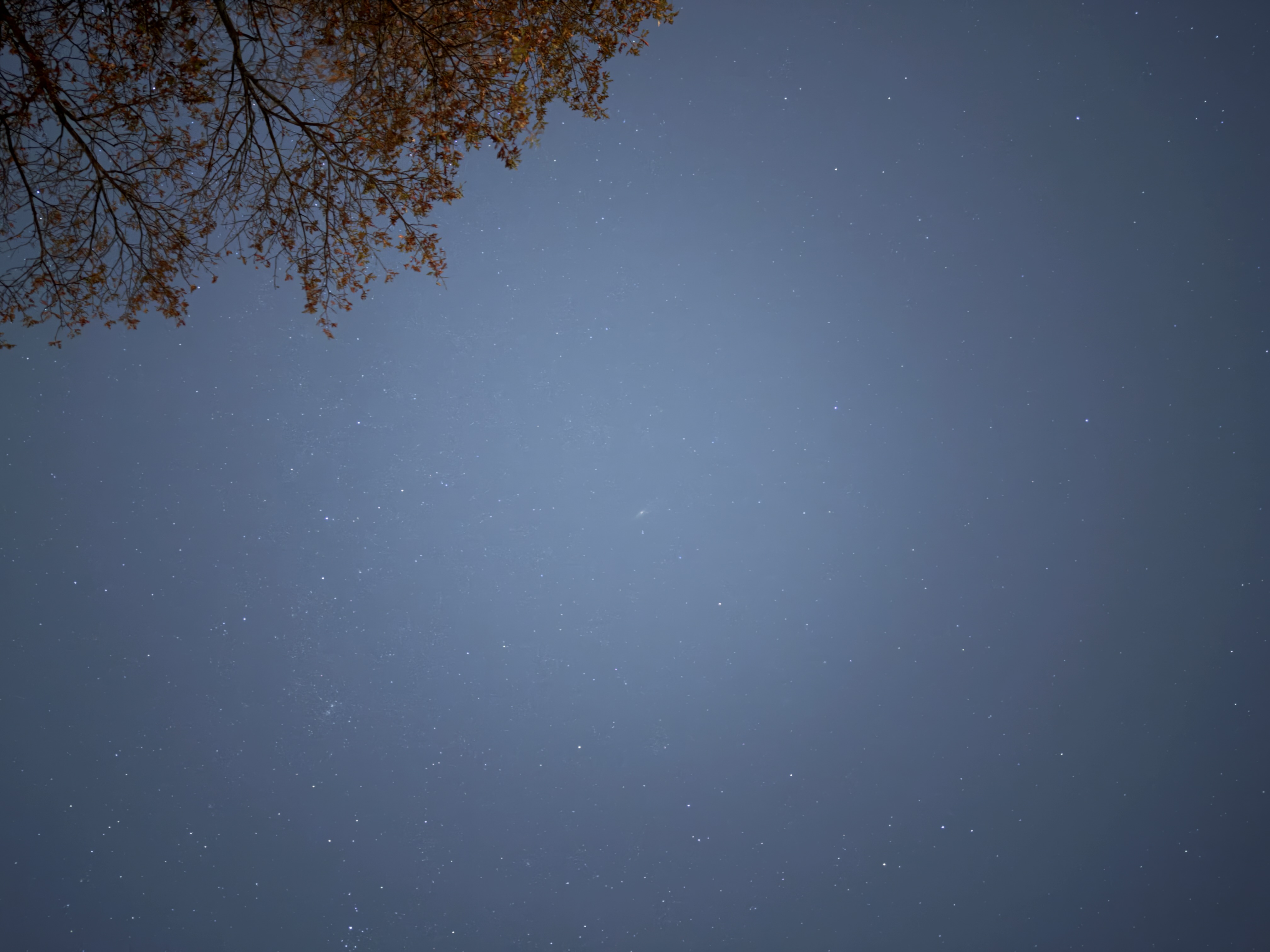
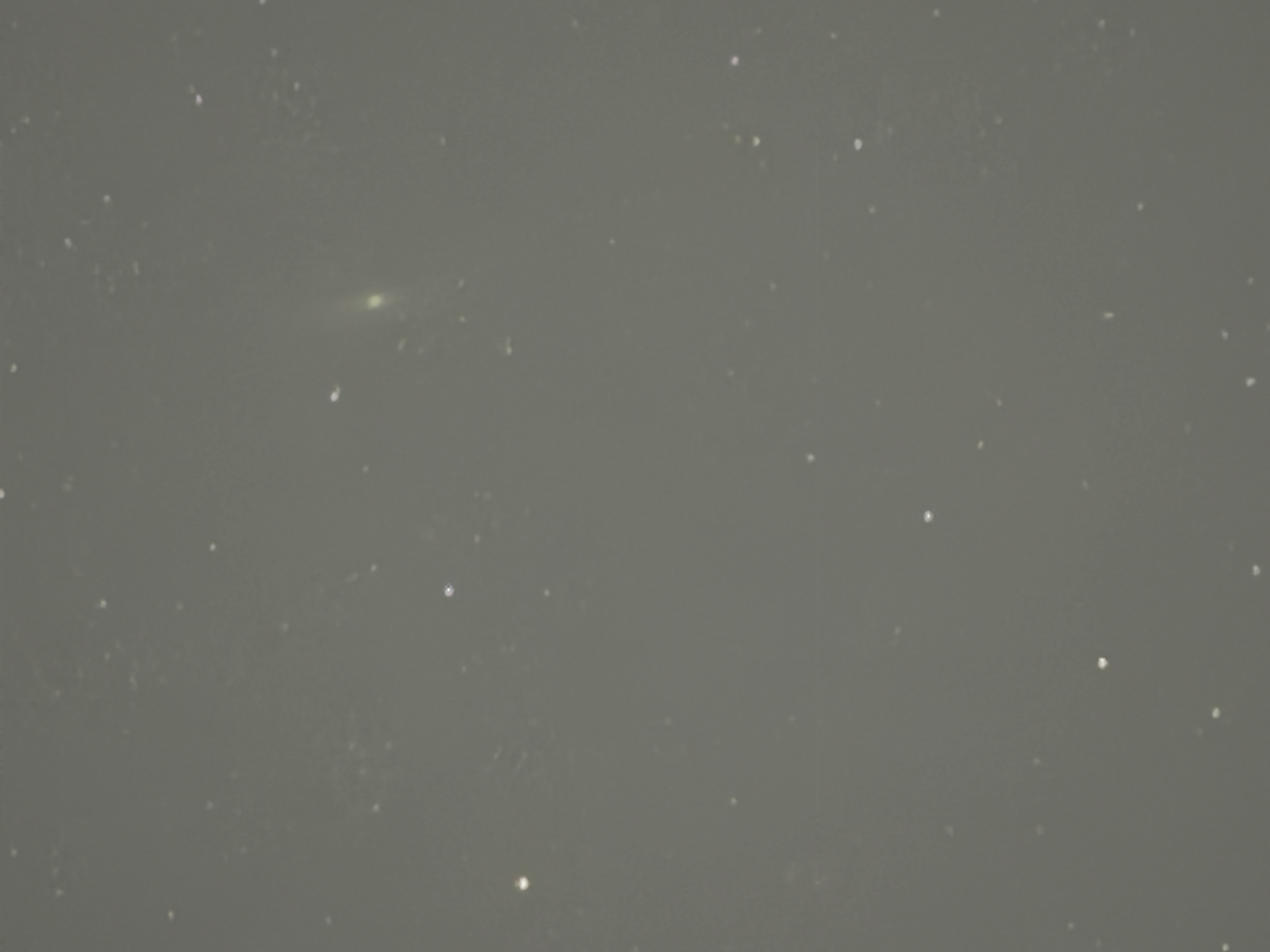
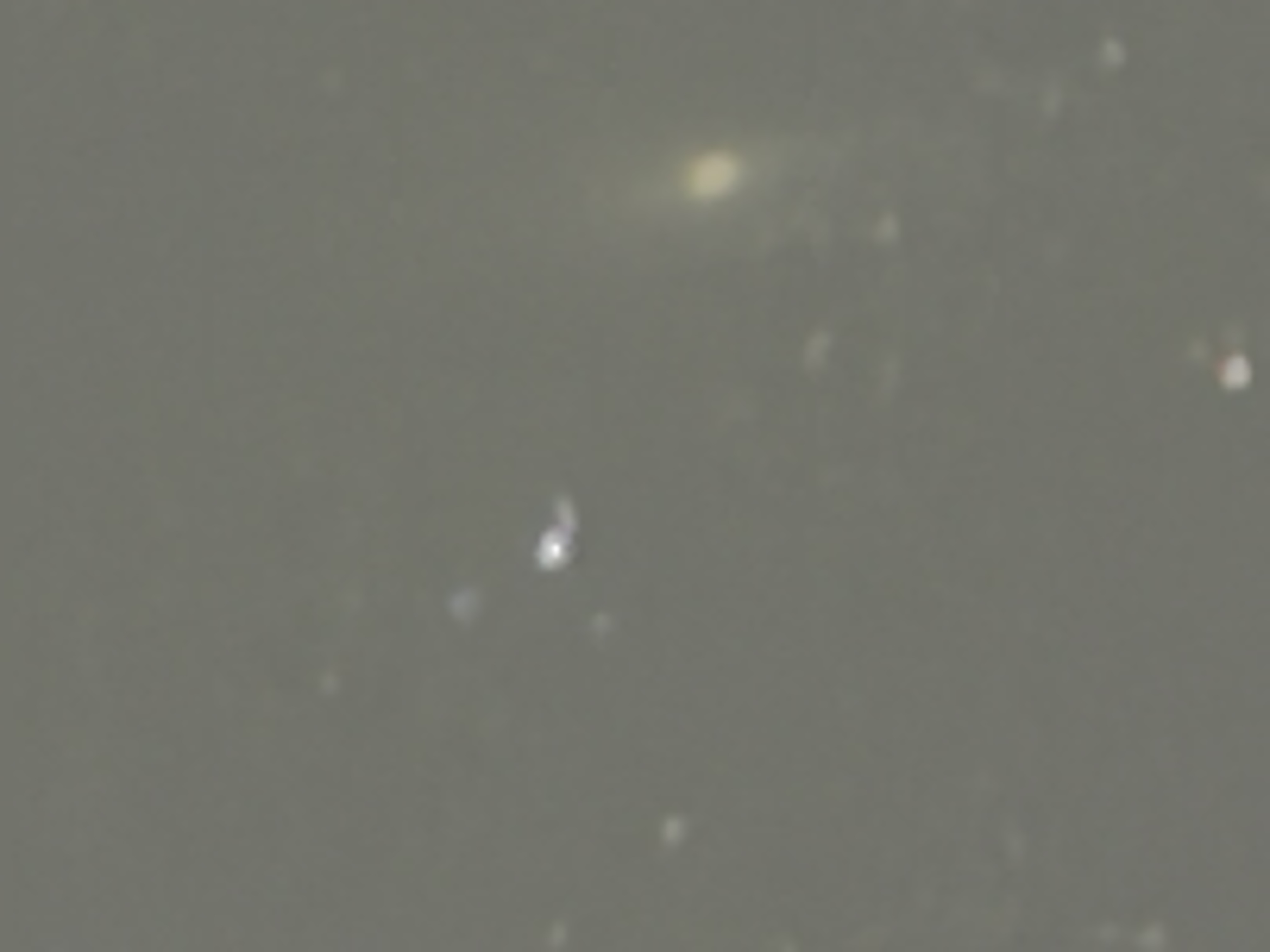
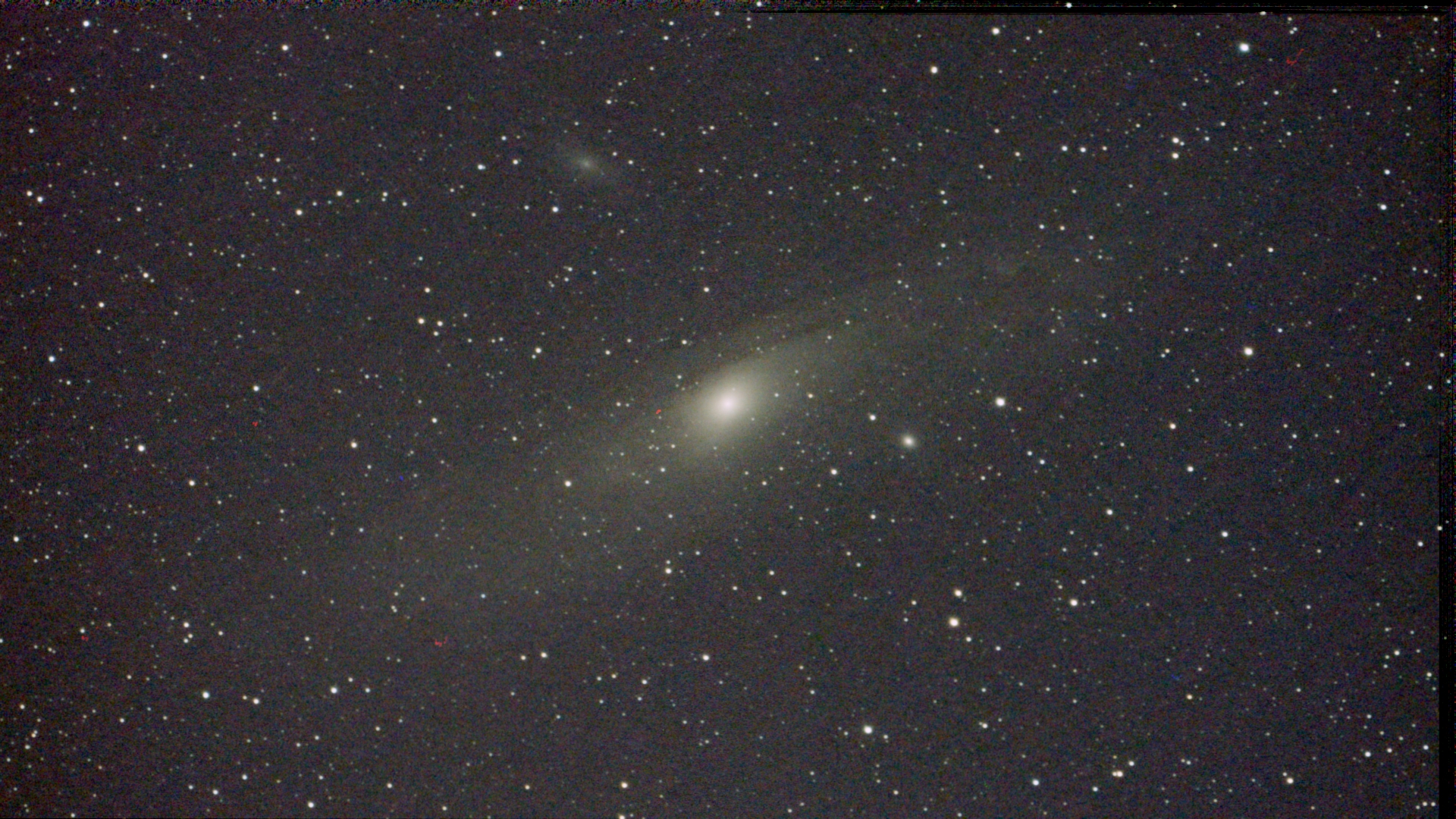
Arguably the most well-known and most photographed galaxy in the night sky is M31 Andromeda Galaxy. It’s massive in size, but due to the light pollution where I’m at makes it almost impossible to see with the naked eye. Well, it’s no problem for the iPhone 16 Pro Max.
M3’s position in the zenith makes it a little more challenging to photograph, requiring me to face my iPhone 16 Pro Max completely flat on its back. With the 30-second exposure, I’m astounded that it manages to capture its wispy, spiral shape. Moving to 5x and 25x zoom, the spiral shape of our nearby neighbor is more prominent, but they’re spoiled by the lack of definition. Still, I’m impressed by the shot I pulled off with the main camera.
Not surprisingly, my favorite shot of M31 Andromeda Galaxy comes from the Dwarf 2 smart telescope. Its wider field of view perfectly captures the spiral galaxy in all of its glory from one end to the other.
Planet: Saturn
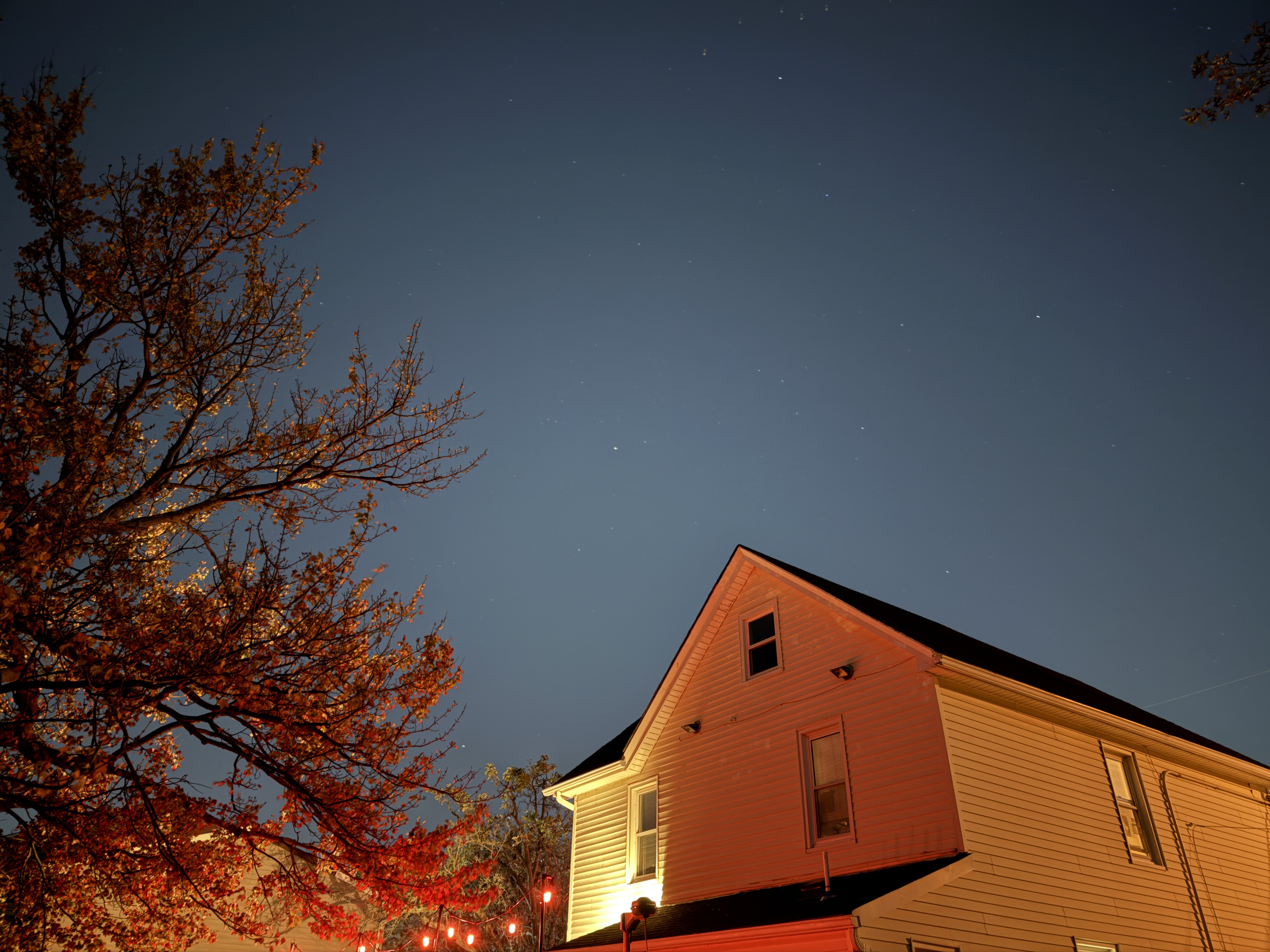
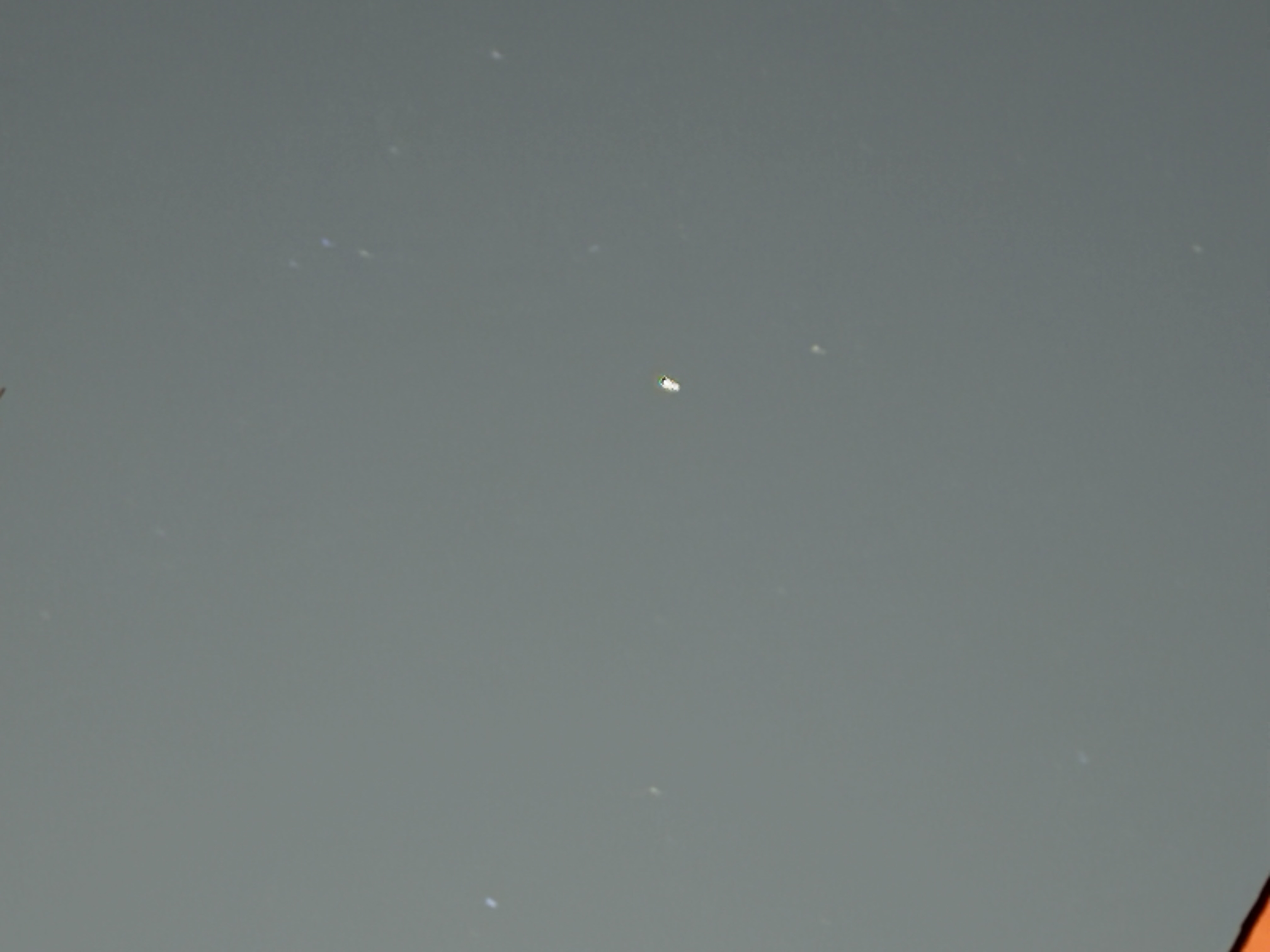
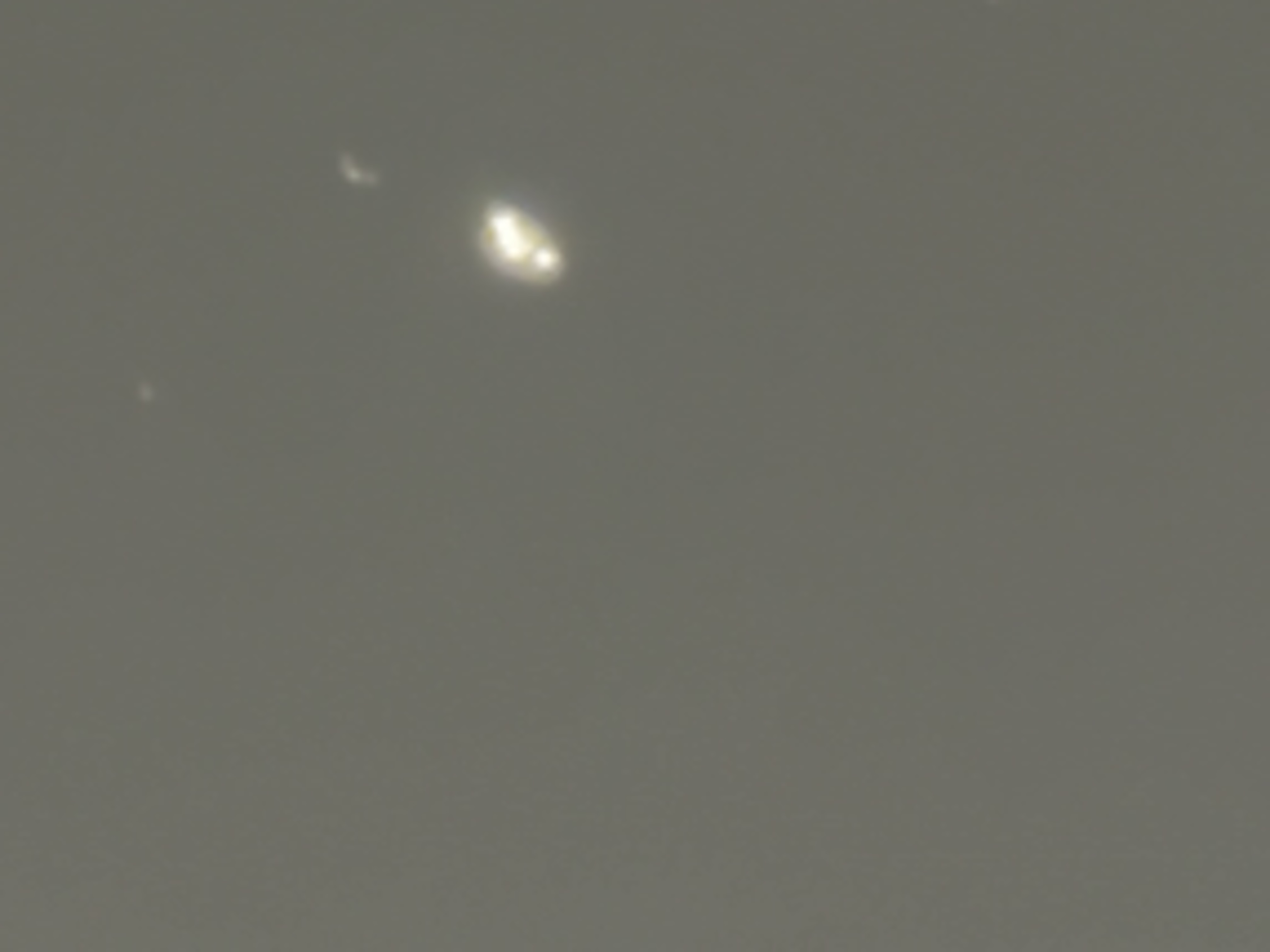
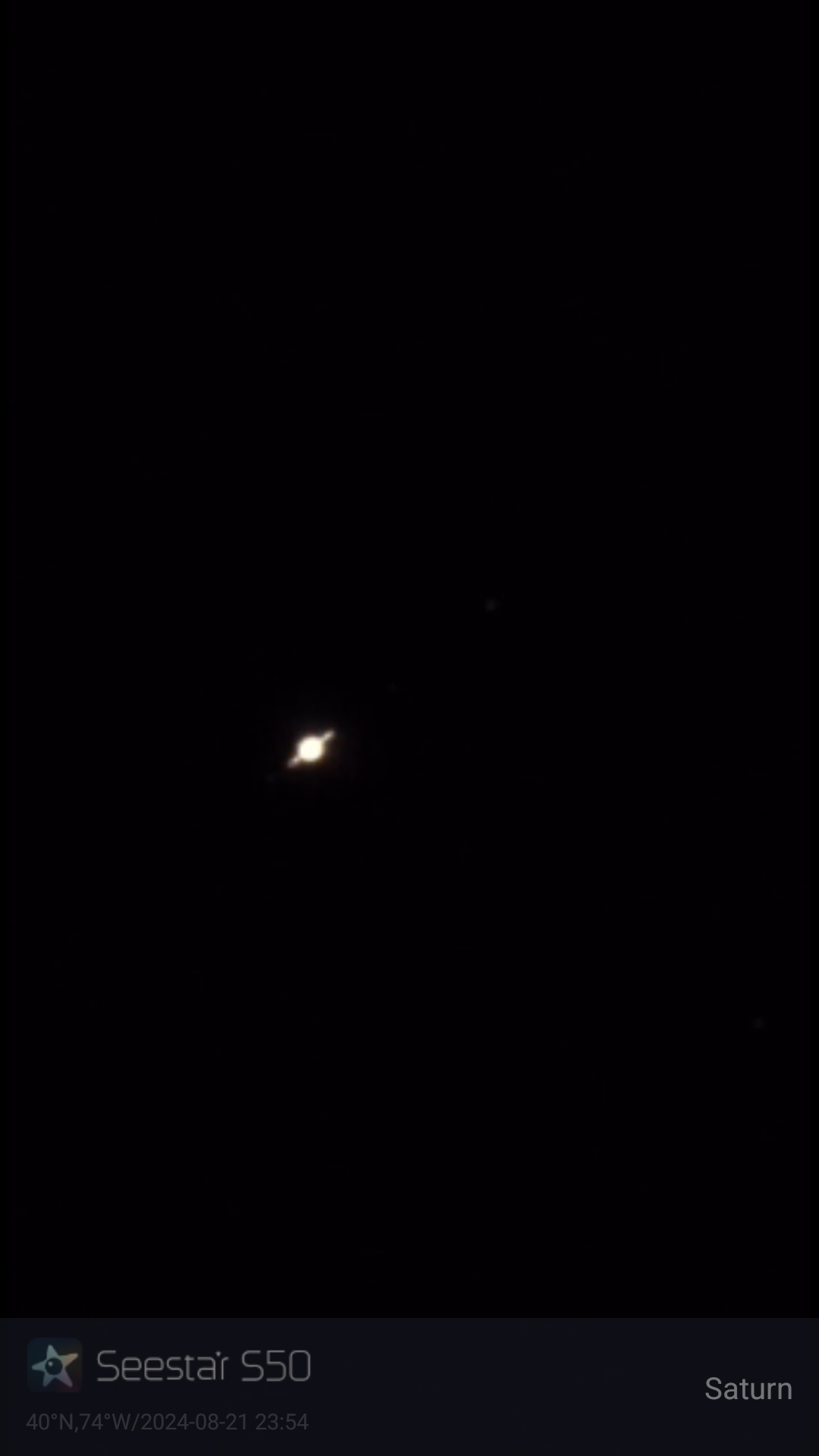
I have to admit, I’m able to uncover some amazing targets this time of the year. For my next iPhone 16 Pro Max astrophotography test, I wanted to try capturing the jewel of the solar system — Saturn.
Saturn is one of the easier objects to see with the naked eye, and the iPhone 16 Pro Max’s main camera makes it look like any other star in the night sky — except that, you know, it’s a much brighter looking star. It’s the bright star right in the middle of the photo. At 5x zoom, Saturn looks more like a blob, but then proceeds to have a smudgy look with an ellipse shape that I suppose could be the rings.
Clearly the iPhone 16 Pro Max, or any phone of that matter, is capable of gathering the finer details of the other planets in our solar system. But my SeeStar S50 smart telescope’s farther reach manages to reveal Saturn and its iconic rings.
Nebula: M42 The Great Orion Nebula
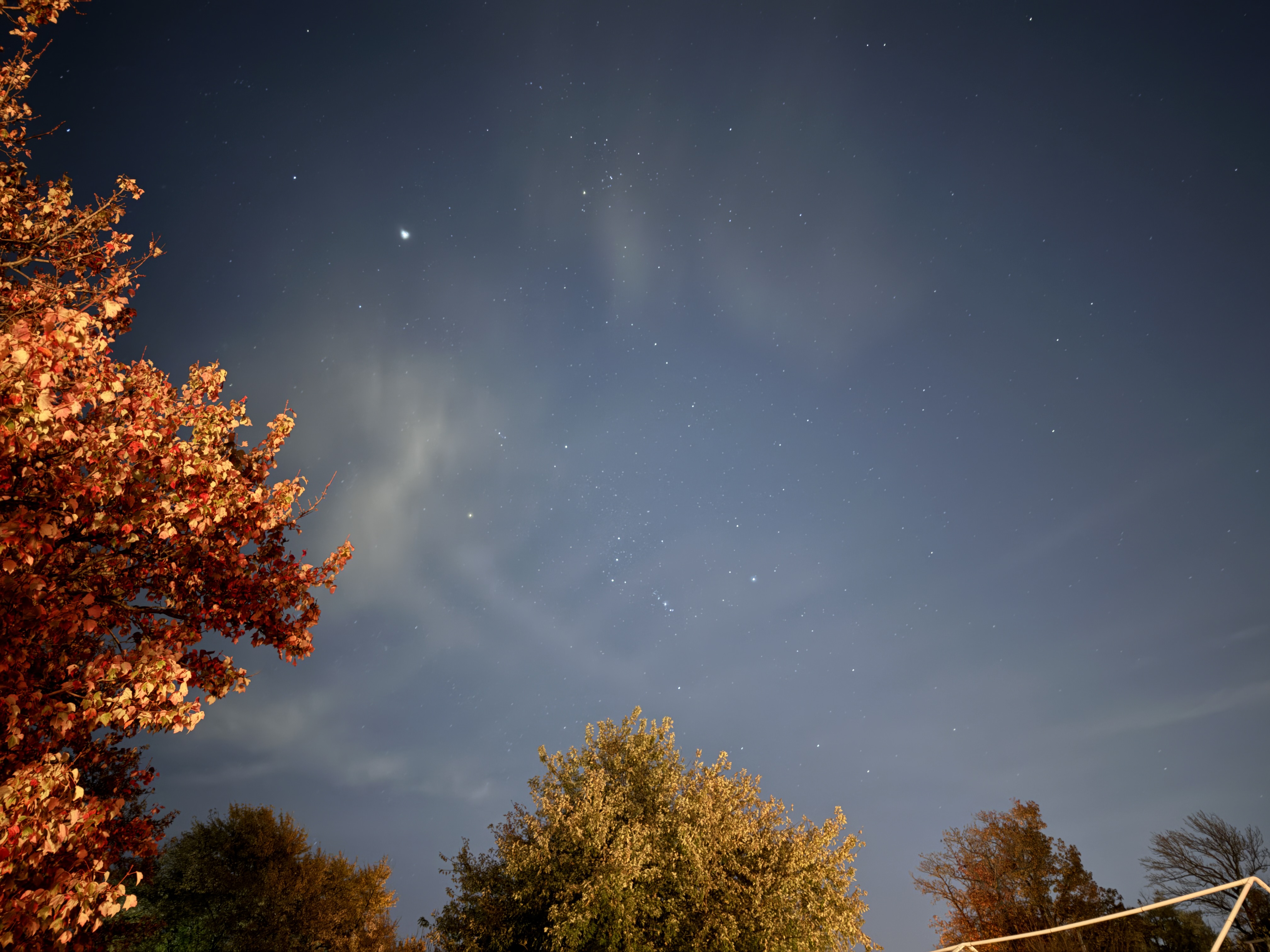



I want to save the best for last because, in my opinion, nebulas are the most beautiful deep space objects to photography. With the iPhone 16 Pro Max’s astrophotography, I am beyond astounded by its capture.
Despite the smokey clouds in the night sky, the iPhone 16 Pro Max’s 48MP main camera delivers an absolute stunning picture. You can clearly make out Orion’s Belt, the three bright stars in close proximity to one another, but a little to the southeast of that lies M42 The Great Orion Nebula — which I’m impressed it captures with great fidelity.
Switching over to 5x zoom, I’m impressed much more because now the Nebula’s collapsing clouds of gas and dust are more distinct, which is even more evident when I switched to 25x zoom. Considering that the iPhone is leaning on nothing more than its night mode with the main camera, I think it’s a testament to how far phones have come when it comes to astrophotography.
But of course, my best capture of the Great Orion Nebula comes from the $500 SeeStar S50. There you can visibility see those clouds and gas.
Bottom line: The iPhone 16 Pro Max is a low-light beast

Through all the countless 200 photo face-offs I’ve done with the iPhone 16 Pro Max, I cannot tell you how much of a low light beast it is — and these astrophotographs prove how much improved it is. I only managed to spend two nights capturing these deep space objects, so I’m eager to see what else this mighty camera can capture throughout the rest of the year.
I suspect that under the right conditions — like being in a remote area without light pollution — the iPhone 16 Pro Max cameras would reveal more of the marvelous jewels in the sky. While its performance doesn’t come close to the details captured by some of my favorite smart telescopes, I think it does a lot for a camera that fits in my pocket.
Editor's note: The previous image of Saturn with the SeeStar S50 was actually Jupiter, but it's been replaced with the correct one of Saturn.
More from Tom's Guide

John’s a senior editor covering phones for Tom’s Guide. He’s no stranger in this area having covered mobile phones and gadgets since 2008 when he started his career. On top of his editor duties, he’s a seasoned videographer being in front and behind the camera producing YouTube videos. Previously, he held editor roles with PhoneArena, Android Authority, Digital Trends, and SPY. Outside of tech, he enjoys producing mini documentaries and fun social clips for small businesses, enjoying the beach life at the Jersey Shore, and recently becoming a first time homeowner.
-
ap717 What absolutely bias article. Writer talks about how superior the iPhone 16 pro max is as taking low light than other phones that have dedicated astrophotography mode built-in...yet doesn't show us any of the competitors phone's pictures to compare. Why? Because they would've put to shame what pictures the iPhone produced. It's a night and day difference between a phone with a astrophotography dedicated mode than one there isn't.Reply -
shott92 If they issued licences to journalists, this guy's should be revoked. If these are the "best" pictures taken on the iPhone 16 pro, then there is nothing good to be said about it. The quality here pales in comparison to the even the 5 year old pixel 5.Reply
There's no side to side, no qualitative assessment just what must be lies or at least uninformed opinion, as base level experience with the Huawei, Samsung, or Google phones even 3-4 years ago would result in a very different article. -
Stuart_Bigg dude that's super behind 💀 everything looks washed out, grayed, and faded. it barely rivals the pixel 4Reply -
Kopkiwi This is some blind idiocy. These results are mid as hell, pixel, Samsung, Vivo and Xiaomi all absolutely blow this out of the waterReply -
simull Mr. senior editor, are you serious ? Your audience can see the pathetic pictures the new phone clicked. Please dont post such articles which makes your audience question the website's credibility. Please read other people's comments and get an Android phone to know what is astrophotography.Reply -
nikartt I honestly would not even consider this as a perk to the iPhone. The result are well below average. I really hope this was not a selling point for this new phone. Anyway good article, cheersReply -
JasonHJScott How about reporting on the low light camera faults of the iPhone 16 the Apple are trying to hide from everyone check out Shayne’s video series about it. PRDjWN6iPJIView: https://youtu.be/PRDjWN6iPJIReply -
mark_887797 Reply
LOL. I love the poor attempt at engagement and reaction farming. To be fair though, this site hasn't seen such activity in this thread in a long time. Tom's used to be respected long ago, now its as credible as DT.admin said:The iPhone 16 Pro Max is an excellent shooter for low light, so I tried astrophotography to capture some of my favorite deep space objects.
I tried astrophotography on my iPhone 16 Pro Max to shoot galaxies, nebulas, and star clusters — these were my best captures : Read more -
mark_887797 Reply
Except for Samsung, the other two brands aren't available by the carriers in North America. Given this is a North American site its meaningless to bring this up without mentioning specific Samsung models.Kopkiwi said:This is some blind idiocy. These results are mid as hell, pixel, Samsung, Vivo and Xiaomi all absolutely blow this out of the water
